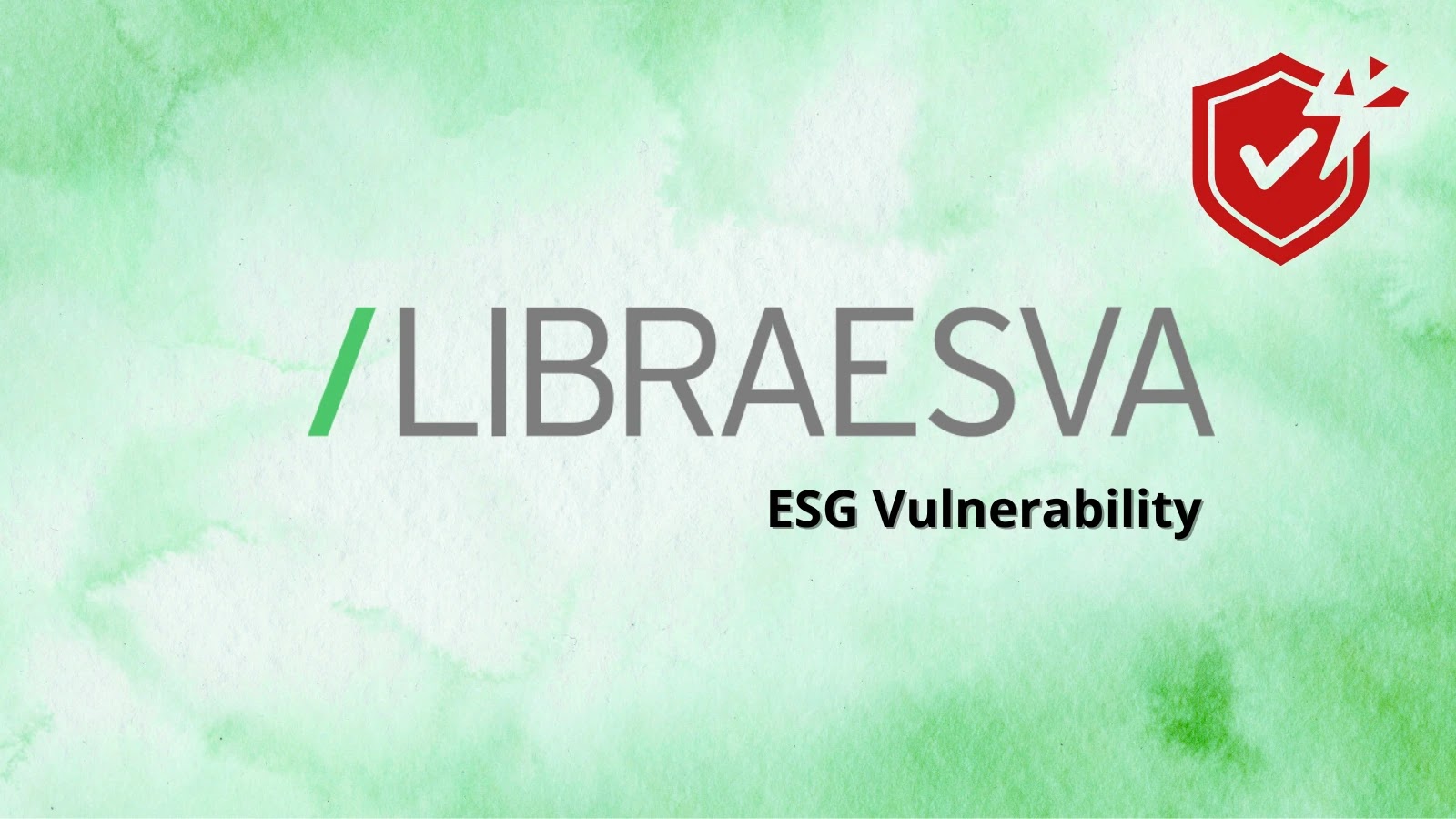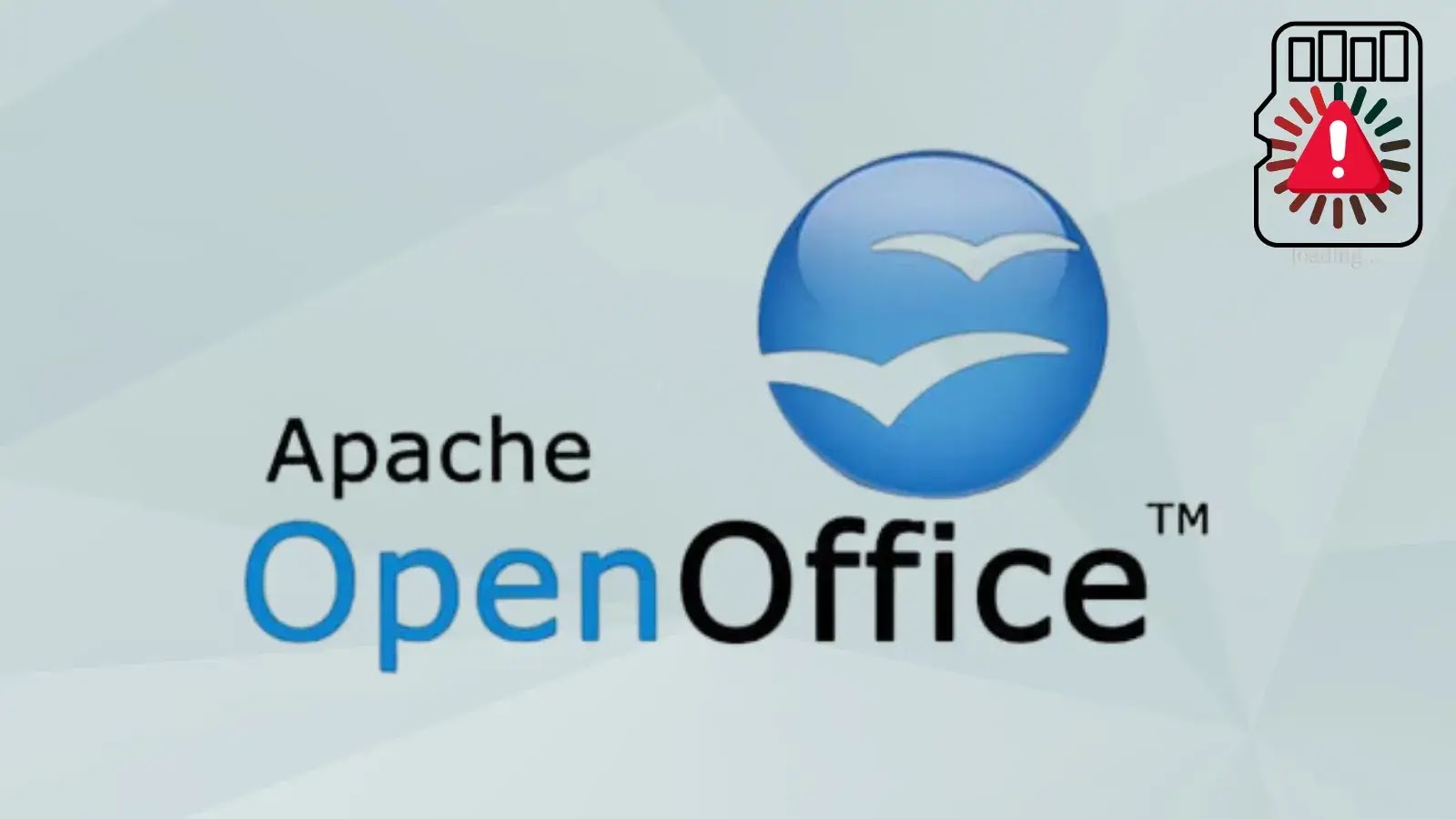The integration of Generative AI (GenAI) into business operations has revolutionized how organizations function, learn, and innovate. However, this advancement brings with it significant risks, particularly concerning the inadvertent exposure of sensitive enterprise data. AI agents and custom GenAI workflows, while designed to enhance efficiency, can unintentionally create pathways for data leaks that often go unnoticed by teams.
Understanding the Risk
GenAI models are not inherently designed to leak data. The issue arises when these AI agents are integrated into corporate systems, accessing platforms such as SharePoint, Google Drive, S3 buckets, and internal tools to provide intelligent responses. Without stringent access controls, governance policies, and oversight, these well-intentioned AI systems can inadvertently disclose confidential information to unauthorized users or, in worst-case scenarios, to the public internet.
Consider scenarios where a chatbot reveals internal salary data or an AI assistant discloses unreleased product designs during routine queries. These are not hypothetical situations; such incidents have already occurred, underscoring the pressing need for robust security measures.
Proactive Measures to Mitigate Data Exposure
To address these challenges, it is crucial to implement proactive strategies that secure AI agents and prevent data exposure within GenAI workflows. A comprehensive approach involves understanding common vulnerabilities, recognizing potential exploitation methods, and adopting frameworks that balance security with innovation.
Key Areas of Focus:
1. Identifying Common Data Leakage Points: GenAI applications can inadvertently leak enterprise data through various channels. Recognizing these points is the first step toward implementing effective safeguards.
2. Understanding Exploitation Tactics: Attackers often exploit weaknesses in AI-connected environments. By understanding these tactics, organizations can better defend against potential breaches.
3. Implementing Access Controls Without Hindering Innovation: Tightening access controls is essential, but it must be done in a way that does not stifle innovation. Balancing security measures with the need for creative freedom is key.
4. Adopting Proven Security Frameworks: Utilizing established frameworks can help secure AI agents effectively, preventing potential issues before they arise.
Target Audience:
This information is particularly relevant for professionals involved in AI development and deployment, including:
– Security Teams: Responsible for protecting company data.
– DevOps Engineers: Tasked with deploying GenAI applications.
– IT Leaders: Overseeing access and integration processes.
– IAM & Data Governance Professionals: Shaping AI policies to ensure compliance and security.
– Executives and AI Product Owners: Balancing the need for speed and innovation with safety and security.
The Unpredictability of GenAI
While GenAI offers incredible capabilities, it also introduces unpredictability. The same systems that enhance employee productivity can, if not properly managed, lead to the unintended exposure of sensitive data. Therefore, it is imperative to equip AI agents with the necessary tools and protocols to operate securely.
Conclusion
As organizations continue to integrate AI into their operations, understanding and mitigating the risks associated with data leakage becomes paramount. By implementing robust security measures and fostering a culture of awareness, businesses can harness the power of GenAI while safeguarding their most valuable assets.



